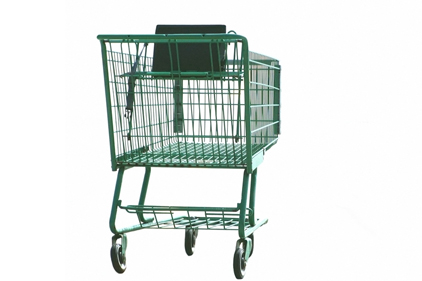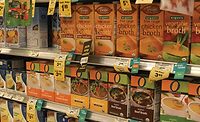 A new study released at the Supply Chain Conference last week reported that out-of-stocks continue at an 8 percent average rate among food retailers and manufacturers.
A new study released at the Supply Chain Conference last week reported that out-of-stocks continue at an 8 percent average rate among food retailers and manufacturers.
The joint study, commissioned by the Food Marketing Institute (FMI) and Grocery Manufacturers Association (GMA), offers guidance on solving the concerns of on-shelf availability which is not limited to lost revenue—a concern the report says is equivalent to customer experience.
“Shoppers say product availability is a top-three reason for where they shop, yet on average, every time a shopper comes into a store, one out of every 12 items on her shopping list, and one out of every 10 or less for promoted items, is not on the shelf,” the report says.
Researchers identified critical areas that emerged in the study regarding metrics, processes, organizational issues and technology integration:
-Metrics —an opportunity exists for standardized processes and measurements.
-Processes—the report seeks to improve synchronization between retailers and manufacturers regarding event planning.
-Organizational Issues—identifying clear accountability in order to address the problem.
-Technology — Standardization and integration between trading partner technologies.
The report further recommended action items to sufficiently address these gaps:
-Move the industry toward a baseline definition of on-shelf availability in order to facilitate better communication and standardization for data exchange.
-Seek agreement between retailers and suppliers on what data should be used for event forecasting.
-Facilitate collaboration between retailers and suppliers in order to better align timing between issuance of event forecasts and production-scheduling requirements.
-Establish thresholds for on-shelf availability and contingency plans for events.
More on the report can be found here.





